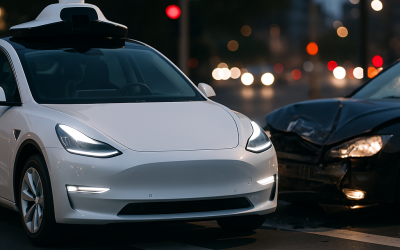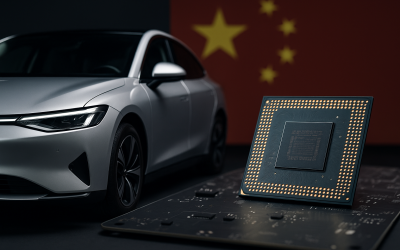Technology History: The Unseen Cost of Innovation—Who Really Pays for Our Progress?
As we marvel at the rapid pace of technological advancement, it’s crucial to pause and consider the hidden costs of innovation. While new technologies promise efficiency and convenience, they often come with significant, yet overlooked, societal and environmental impacts. This article delves into who truly bears the burden of our technological progress and the broader implications for society.
The Hidden Costs of Technological Advancement
Technological innovation is often celebrated for its ability to transform industries and improve lives. However, this progress is not without its hidden costs, which are frequently borne by those least able to afford them. The environmental impact of technology is a prime example. The production and disposal of electronic devices contribute to significant environmental degradation, with e-waste becoming a growing global concern.
Consider the lifecycle of a smartphone. From the extraction of rare earth metals to the energy-intensive manufacturing processes and eventual disposal, each stage has a profound environmental footprint. The mining of materials like lithium and cobalt often occurs in developing countries, where labor conditions are poor and environmental regulations are lax. This not only leads to environmental harm but also exploits vulnerable communities.
Moreover, the digital divide exacerbates social inequalities. As technology advances, those without access to the latest innovations are left behind, widening the gap between the haves and have-nots. This divide is not just about access to gadgets but extends to education, healthcare, and economic opportunities, creating a cycle of disadvantage for those on the wrong side of the digital chasm.
Who Bears the Burden?
The costs of technological progress are disproportionately borne by marginalized groups and developing nations. While consumers in affluent countries enjoy the benefits of the latest gadgets, the environmental and social costs are often outsourced to poorer regions. This global imbalance raises ethical questions about the true cost of our technological lifestyle.
In addition to environmental and social costs, there are economic implications. The rapid pace of technological change can lead to job displacement, as automation and artificial intelligence replace traditional roles. While new jobs are created in the tech sector, they often require skills that displaced workers do not possess, leading to unemployment and underemployment in certain sectors.
Furthermore, the concentration of tech wealth in a few major corporations exacerbates economic inequality. These companies wield significant power and influence, often at the expense of smaller businesses and local economies. This concentration of wealth and power raises concerns about the long-term sustainability of our economic systems and the potential for monopolistic practices that stifle innovation and competition.
Ultimately, the question of who pays for our technological progress is complex and multifaceted. It involves environmental, social, and economic considerations that are often overlooked in the rush to embrace the latest innovations. Addressing these issues requires a concerted effort from governments, corporations, and consumers to ensure that the benefits of technology are equitably distributed and that the costs are not unfairly borne by the most vulnerable.
Conclusion
In conclusion, while technology has the power to transform our world for the better, it is essential to recognize and address the hidden costs of innovation. By considering the environmental, social, and economic impacts, we can work towards a more equitable and sustainable technological future. It is only by acknowledging who truly pays for our progress that we can ensure technology serves the greater good.



0 Comments